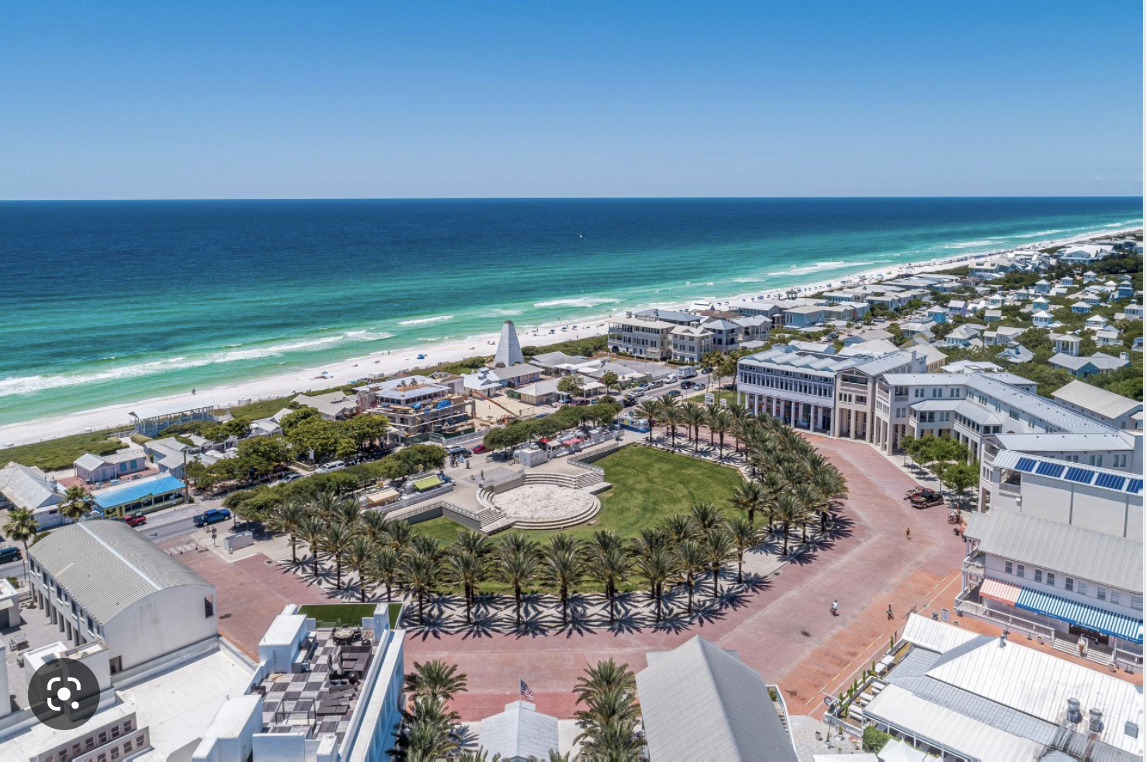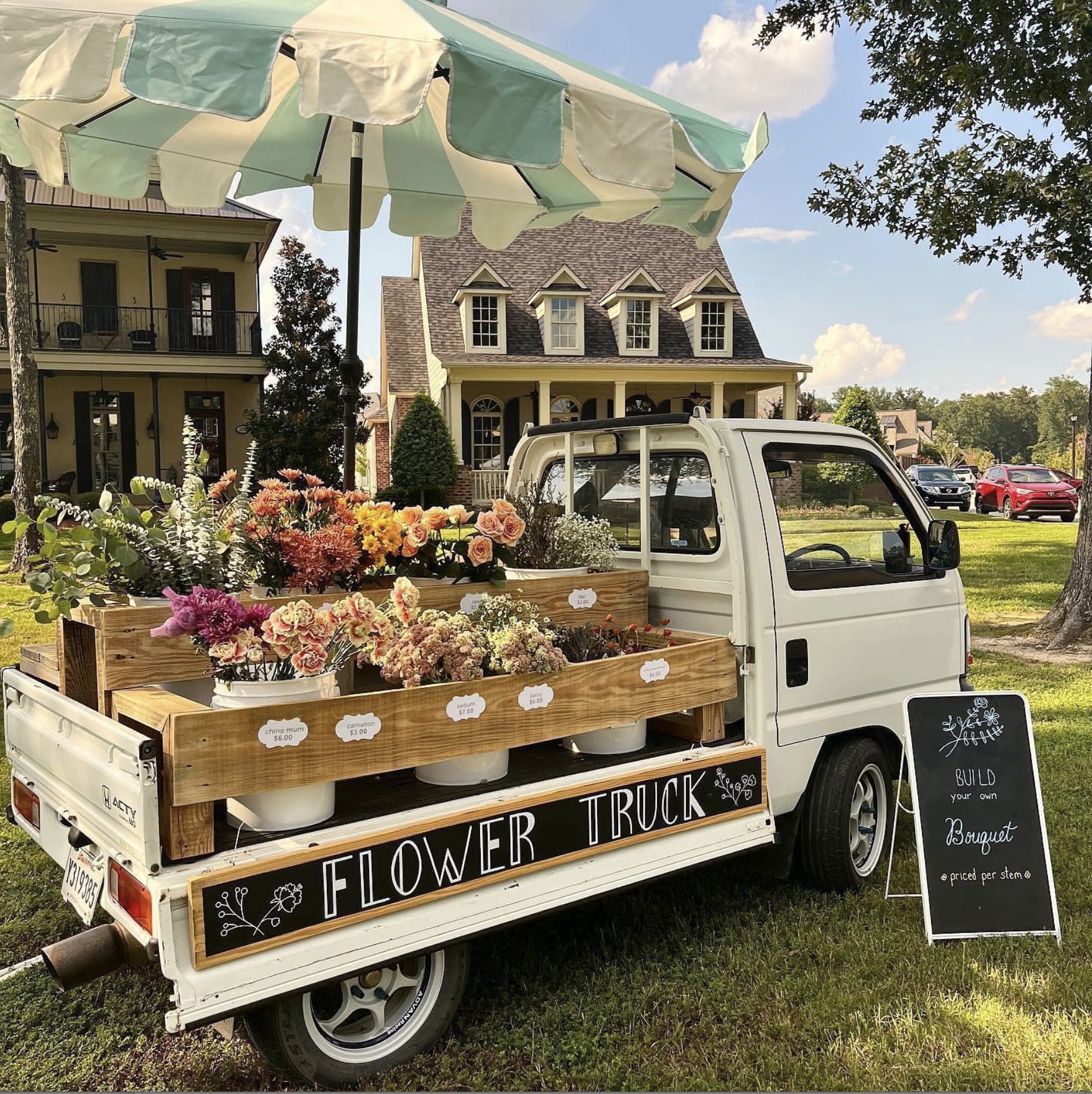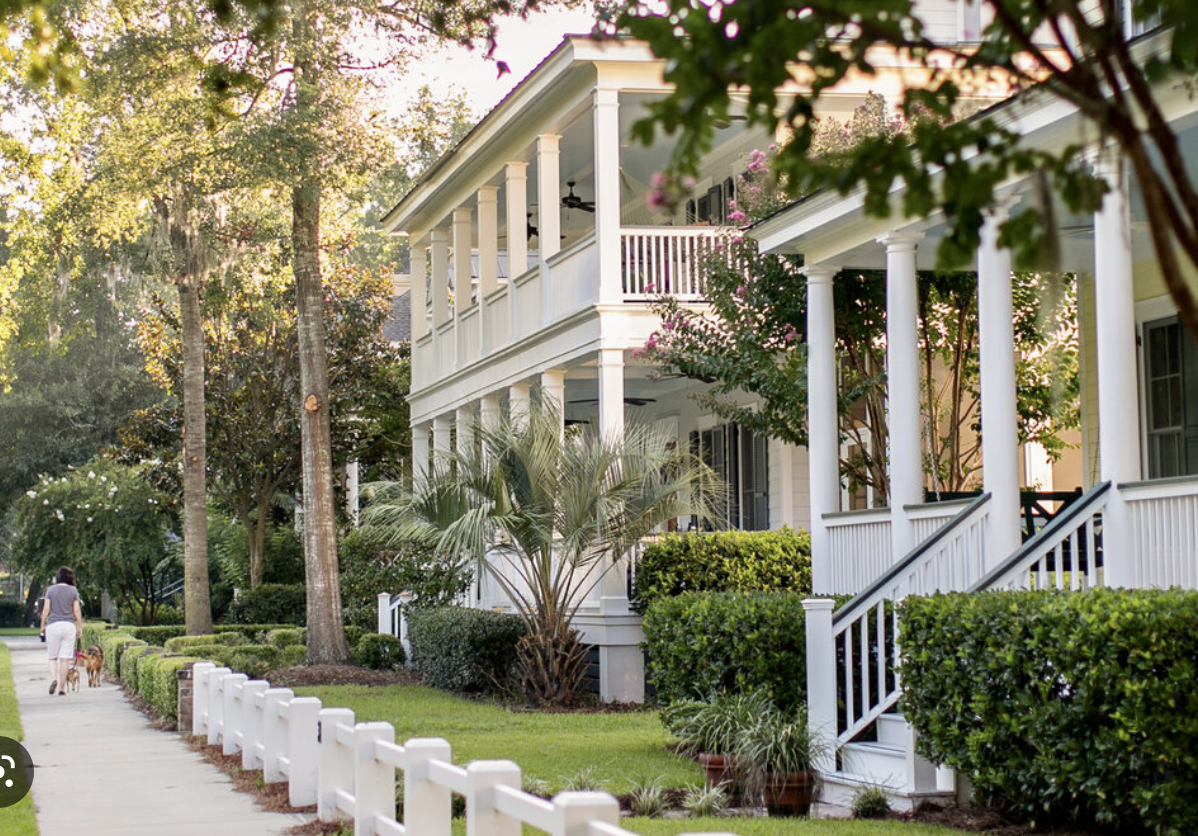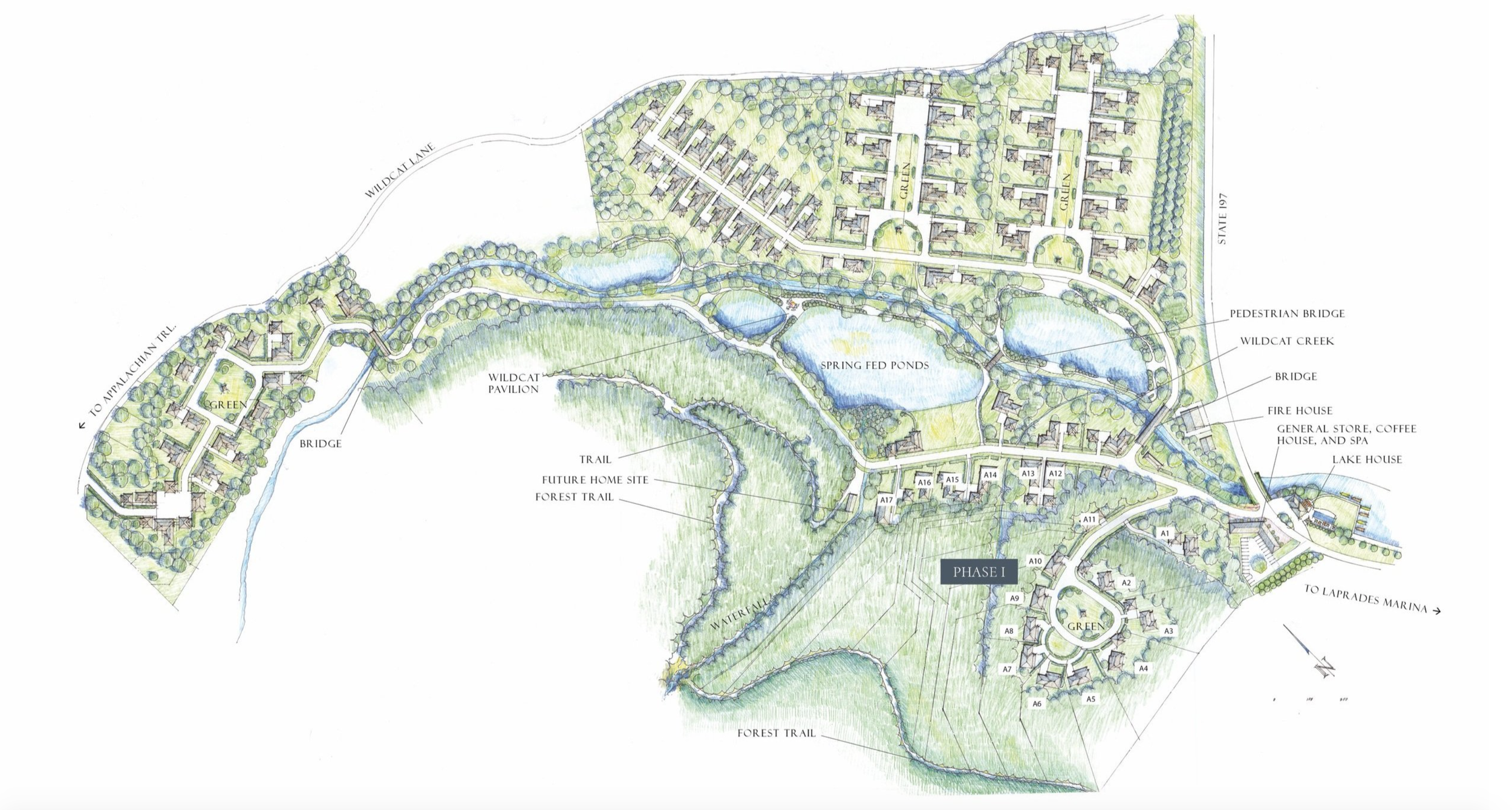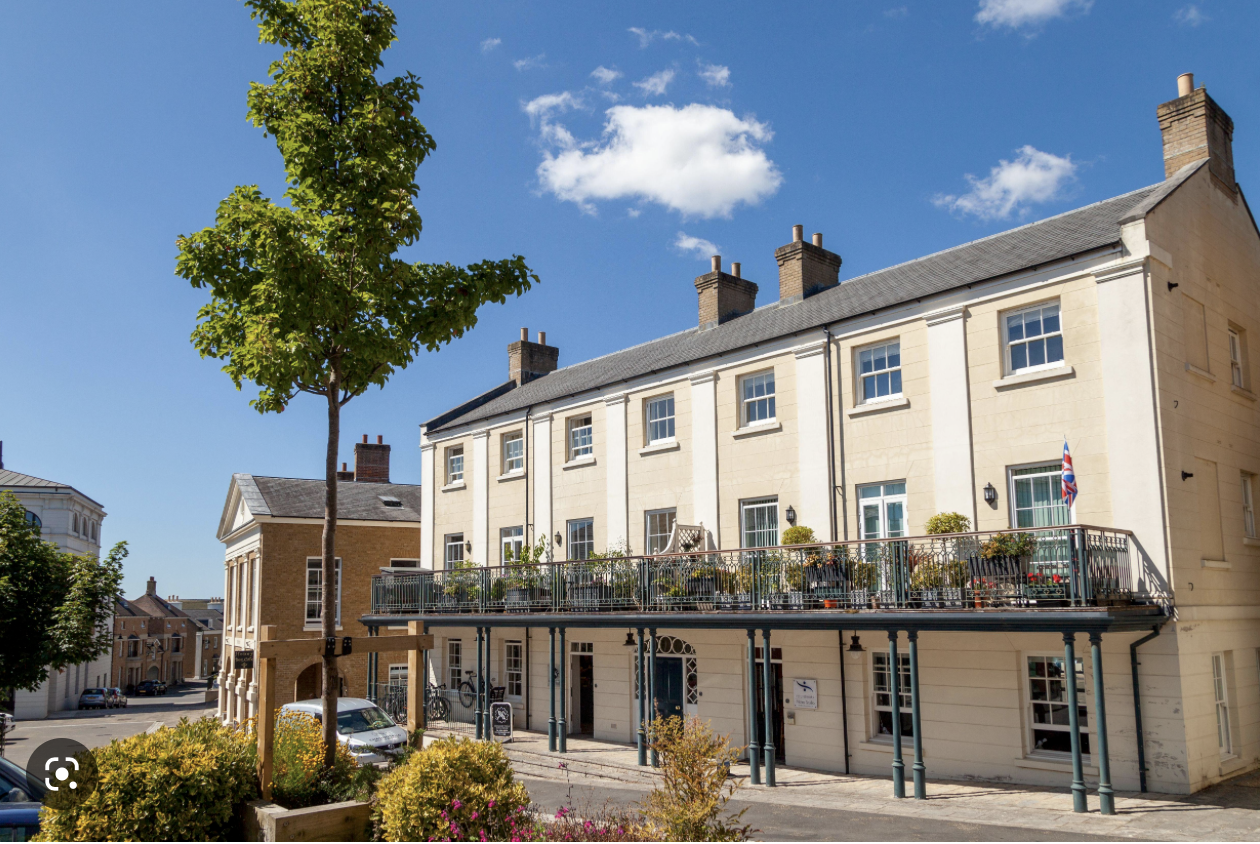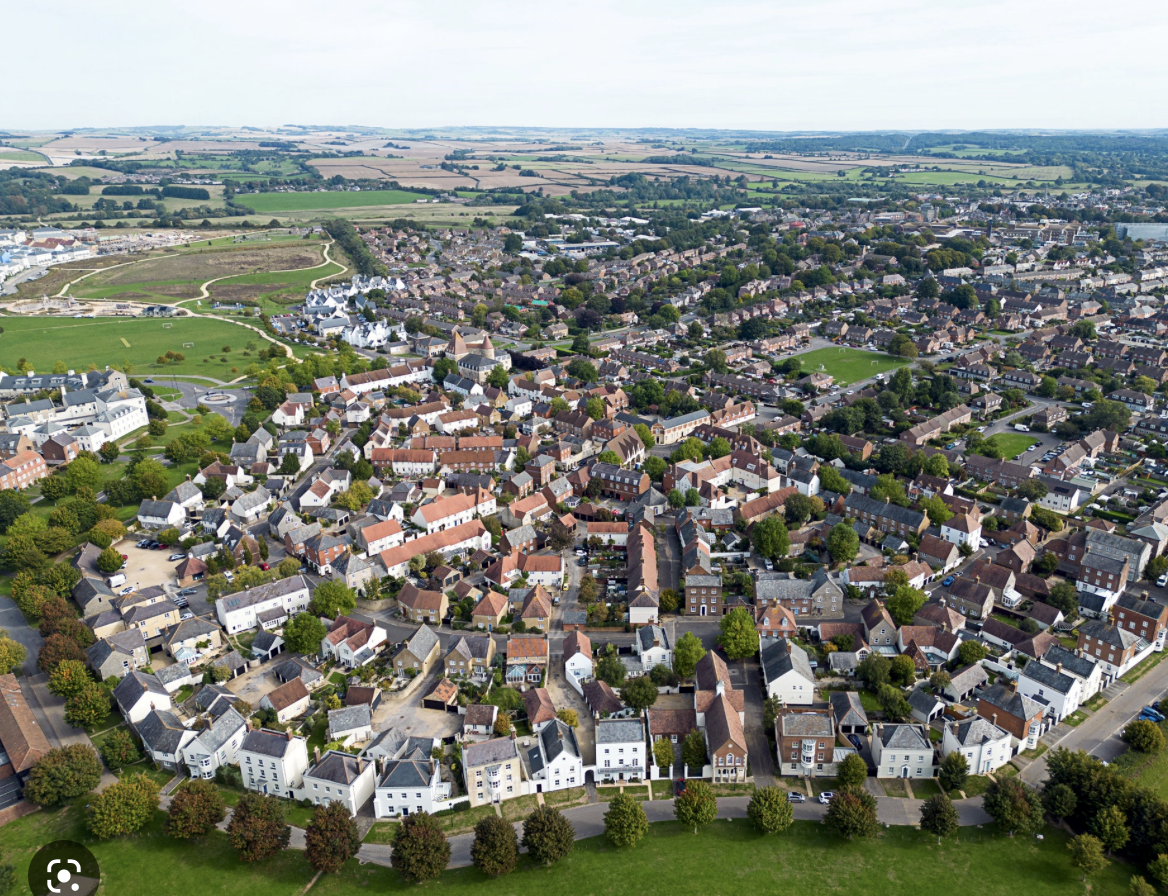Momma Needs a TND
Since the beginning of the Covid chaos, our little family has lived in a tiny town on an off-the-beaten-path lake in North Louisiana. There are actually three tiny towns in our parish (known as a county in every other state) and the sum total residents of those three towns is around 3,500. People. As in, that’s the population of my entire parish (county). Sooooooo, we are now clear on the definition of The Middle of Nowhere.
During Covid, it was terrific. We got to be out on the water, fishing, boating, paddle boarding, and such. We couldn’t get out, but we did enjoy being at the lake. We did a lot of grilling and porch sitting, and running over to our local grocer for masked bread-and-egg runs. But hear me - now that Covid is over, we fully realize the disadvantage of living away from it all. And I mean ALL. In fairness, we have an outstanding Mexican restaurant, a couple of boutiques, and a lot of churches, because, you know, it’s the South. We might not eat out much, but we’re going to church over here, that’s for sure.
To be clear, we are forty-five minutes from the nearest town with a Walmart and a McDonalds. With nothing in between but highway and wildlife.
Remote, y’all.
Despite the respite factor, and there is recreational value to living on a lake, it would be heavenly at this point to have more and better conveniences. What we need; indeed what the world needs; is a TND. Traditional Neighborhood Development.
Traditional Neighborhood Development creates compact, mixed-use, non-automobile- dependent neighborhoods and communities. It serves the needs of people and accommodates growth with minimal waste of land.
- WeConservePA
There are technically some guidelines to the TND, but loosely, it’s a village; a concept inspired by pre-1950’s communities. You know, the way people lived before the suburban sprawl that put us all in cars. And traffic. And a bad mood. TND’s are centered around a town square or village green, with shops, offices and restaurants - all the conveniences - within walking or biking distance (yes, Southerners, also churches). In fact, walking and biking are encouraged, since there is also a conservation element to these developments, but not in a way that gets on your nerves. And, seriously, how nice does that sound? Jumping on your bike/scooter/your own two feet and popping over to the office which is housed over your favorite coffee shop? I see this in my dreams.
Sometimes towns do catch the vision and whip themselves into a proper little village with old fashioned ingenuity and elbow grease. Sometimes towns benefit from the vision, talents, and of course, endowments, of others - professional developers, architects, investors, and obviously HGTV. Other towns need a little nudge and clear instructions. This is where the TND shines.
There is considerable planning required to call yourself a proper Traditional Neighborhood Development. There are zoning and certification requirements, in addition to a widely accepted list of ordinances to qualify as a TND. In layman’s terms, there is some red tape, but it’s not insurmountable. They key is to embrace the concept and follow the established recipe for a successful TND.
Generally, streets are on a tree-lined grid, emanating from that lovely village green, beautifully landscaped and maintained. The grid road system allows for alternate traffic routes which eliminates congestion, and often includes bike lanes for the safety of cyclists and pedestrians. Housing is many times close to the street, with parking hidden in rear alleyways, resulting in an uncluttered, pedestrian-friendly sidewalk and street view.
While housing is varied, it is subject to strict architectural covenants established during planning and development. Part of the appeal of a TND is its consistency in architecture and landscape design, which is often informed by location. A TND in the Florida panhandle would differ slightly in style and design from one in Colorado, for example, but the objective is the same; to provide a complete community that is ideally automobile independent.
King Charles, known advocate for architectural preservation, famously envisioned and built a Traditional Neighborhood Development before it all the cool kids started doing it. I wrote about Poundbury several years ago, when King Charles was still His Royal Highness, Prince of Wales. Brits disparaged the then-Prince’s development mercilessly, but it has thrived, to their utter shock and dismay. Poundbury does exhibit elements of whimsy, but as a rule, sticks to the TND guidelines and reflects the varied architectural traditions of the UK. One architect on that project, the incomparable Ben Pentreath, has gone on to contribute to others, most notably Tornagrain, in the Scottish Highlands. Same concept, different location, with architecture in the Highlands vernacular. Oh, and it’s thriving too, and winning all kinds of awards.
My first experience with a TND was Seaside, Florida. Shane discovered it on a business trip and we instantly fell in love. I know, we are all shaking our collective heads. Ah, Seaside. Fabulous village-turned-tourist mecca; so quaint and pristine when it was a well-kept secret. Seaside developers mastered a grown-up beach cottage meets preppy Caribbean vibe, and I don’t even feel like that does it justice. We almost moved there a time or two, because who has two thumbs can’t resist riding her cute vintage bike up to Publix and filling her basket up with supper fixin’s? This chick, that’s who. I guess that makes our move to The Middle of Nowhere even more ironic. (To be clear, I could still ride a cute vintage bike. Nobody is stopping me.)
Towns like mine are prime candidates for a loosey-goosey version of a TND. We have the village green, and a good little street grid, plus a tiny, awakening downtown fueled by a contingency of well-intentioned citizens and a little money. What I’ve noticed, though, is change is hard for people. And maybe a little scary. The single most vital element of creating a convenient, walkable, attractive community is vision. Some people can’t catch it. Others actively oppose it.
I applaud towns like Laurel, Mississippi, for having the courage to clean up, button up, and raise up its quality of life. Pride of place is a spirit-lifter and unifier. Award-winning architect and TND developer Lew Oliver designs entire towns around the concept of connectivity.
Says Lew, “Never underestimate the importance of community in the process of land planning. Community is bumping into your neighbor at the neighborhood greenspace. Community is walking a few houses down to your friend's house for dinner. Community is physical well-being from biking, jogging, and walking in your town. Community is sharing experiences and meaningful conversations…”
Yeah. He gets it.
How great would it be to live in a pretty little village, with all the big town goods and services a bike ride away? Clean. Organized. Attractive. Convenient. Safe. Just saying those words feels cathartic. I mean, who needs therapy? The truth might just be momma needs a TND.
Curious?
For a comprehensive list of TND’s by state go here. For the technical ins and outs of the TND, see this article. To read more about Ben Pentreath, see his website and his picturesque Instagram page. Same for Tornagrain New Town’s website and Insta. And here’s more on Seaside, Florida.

